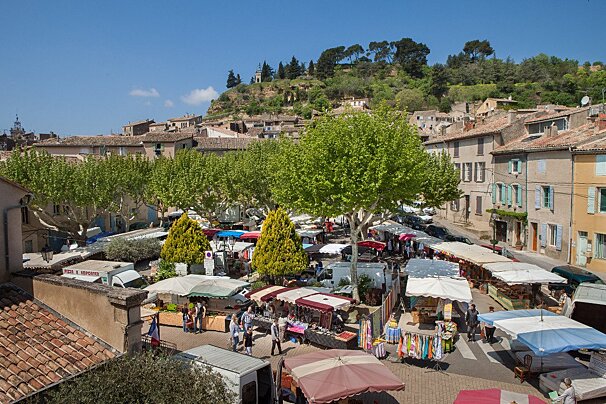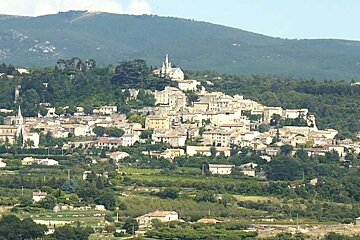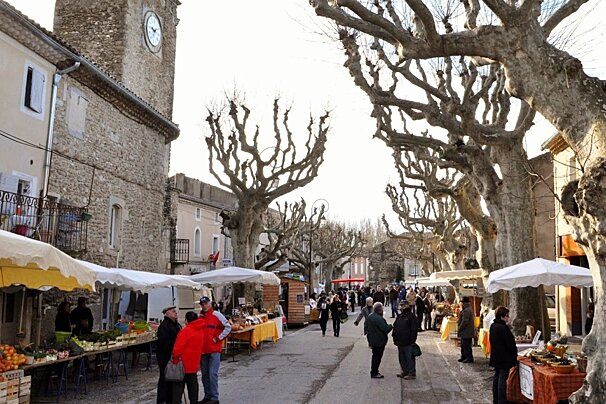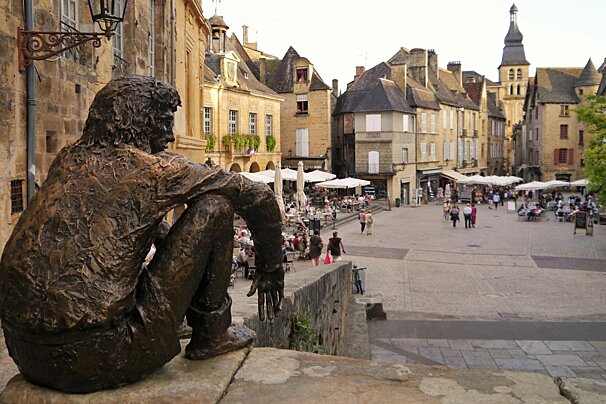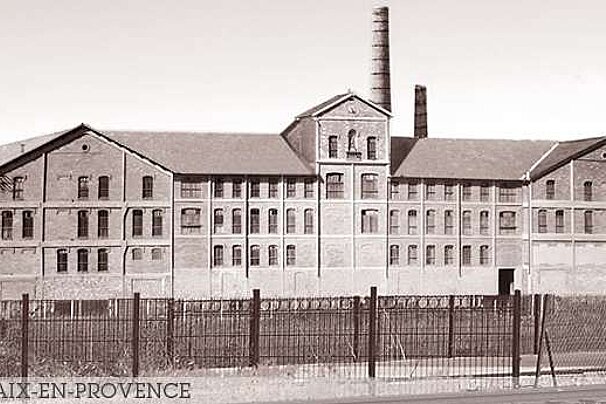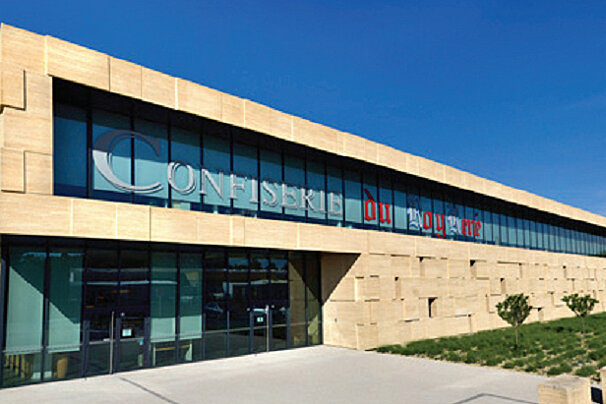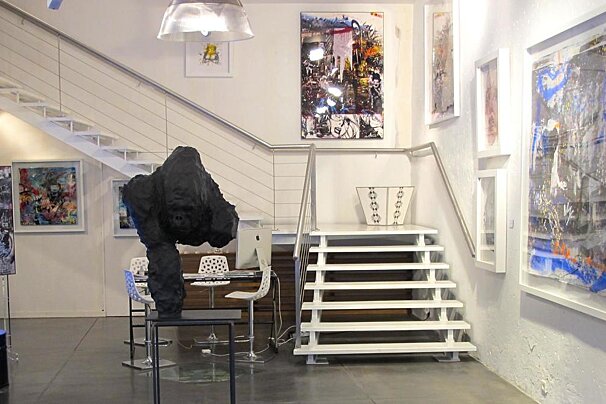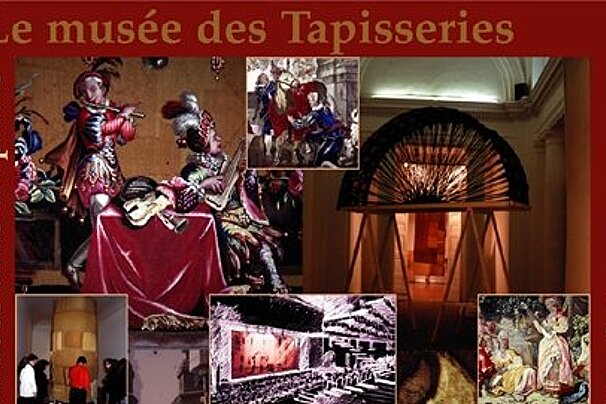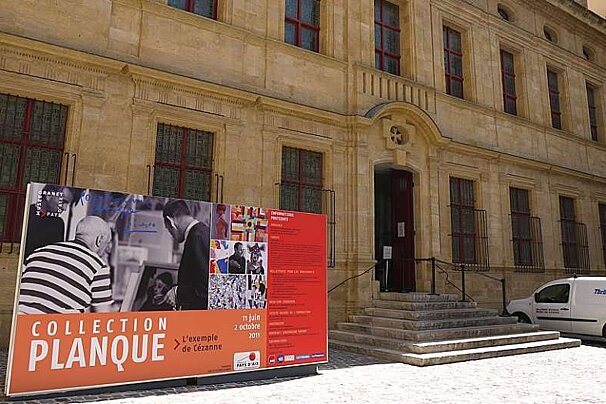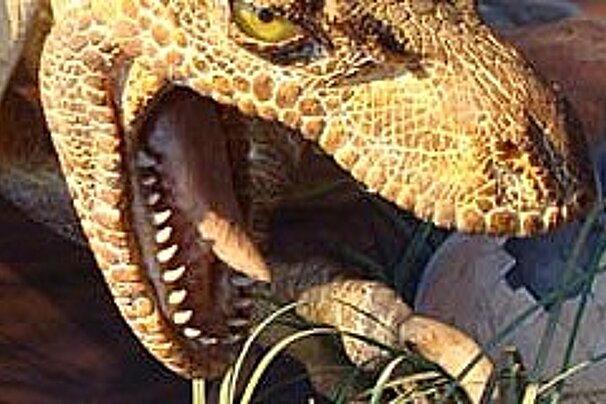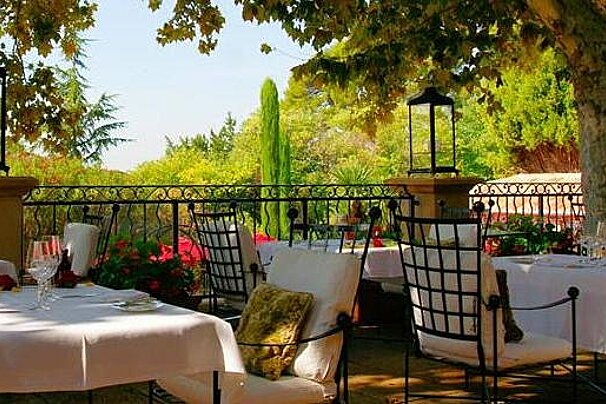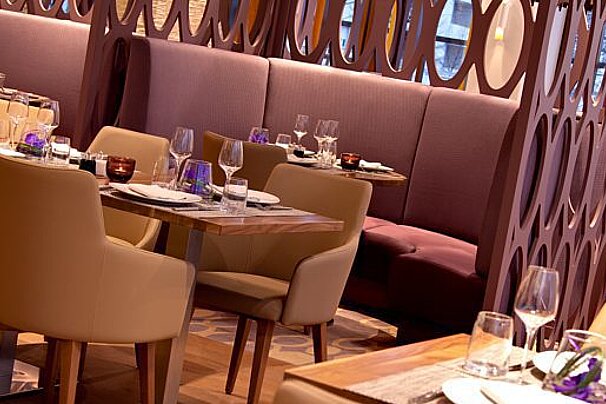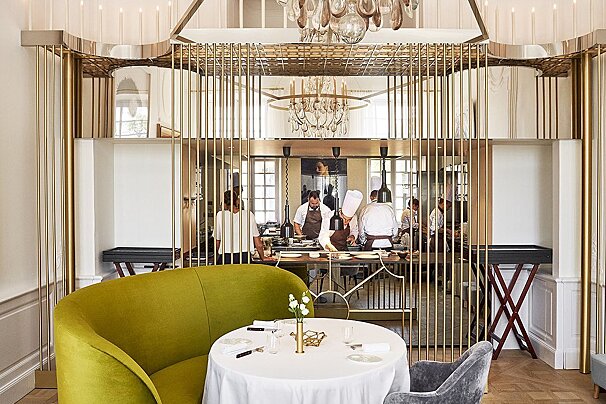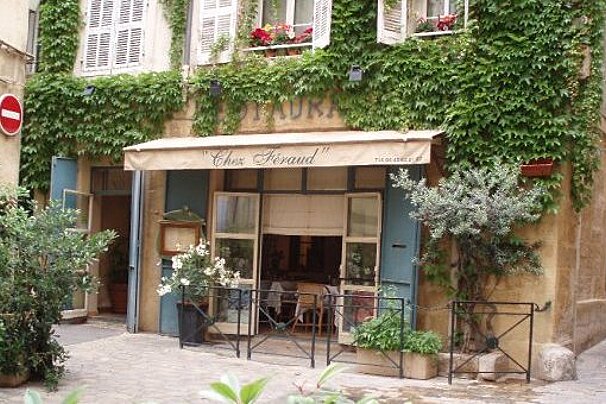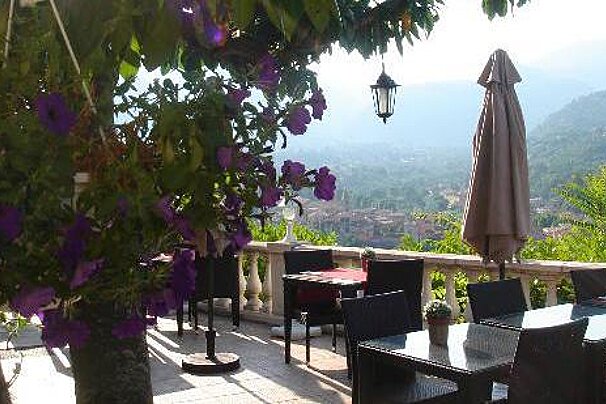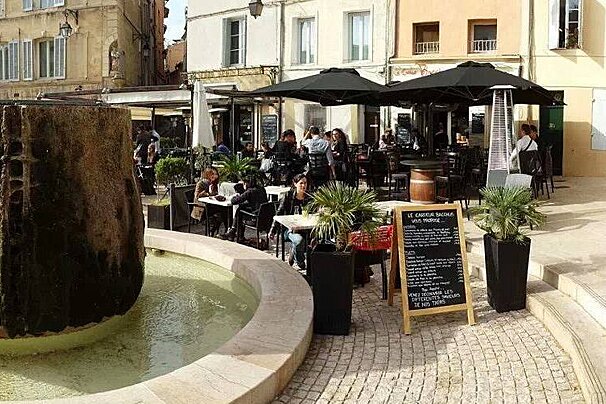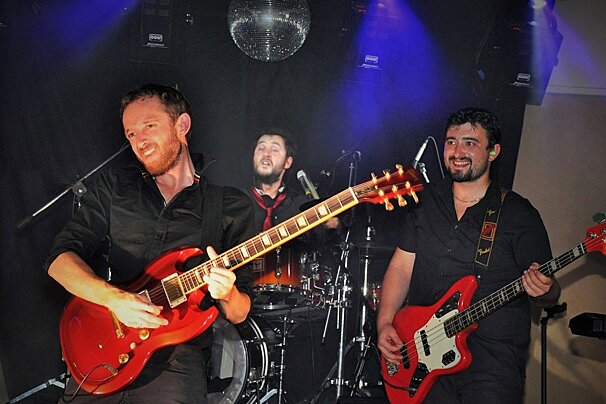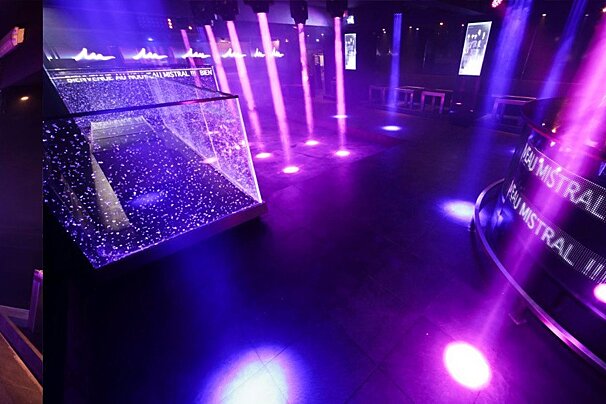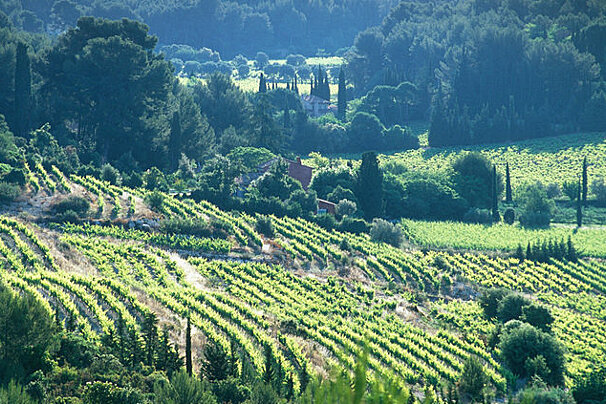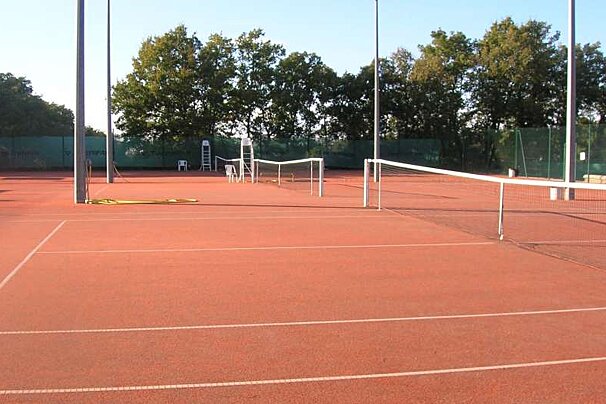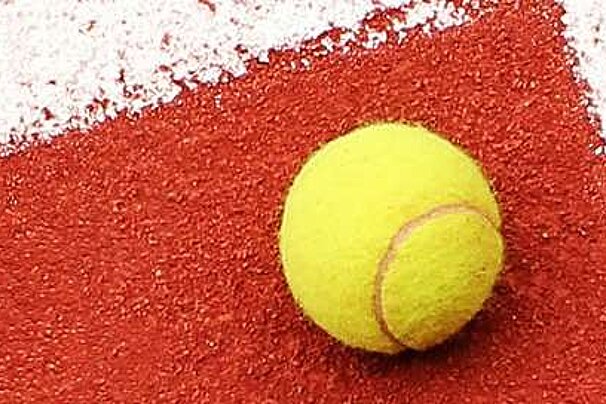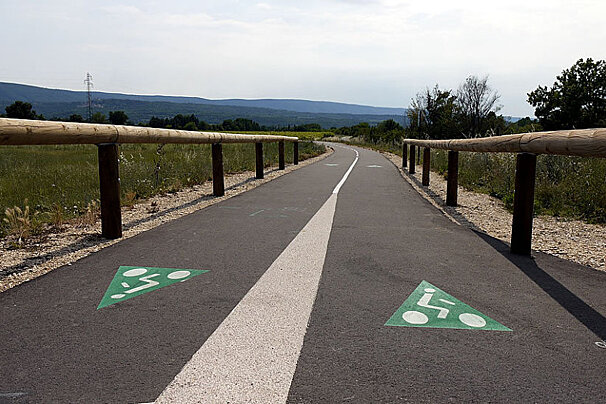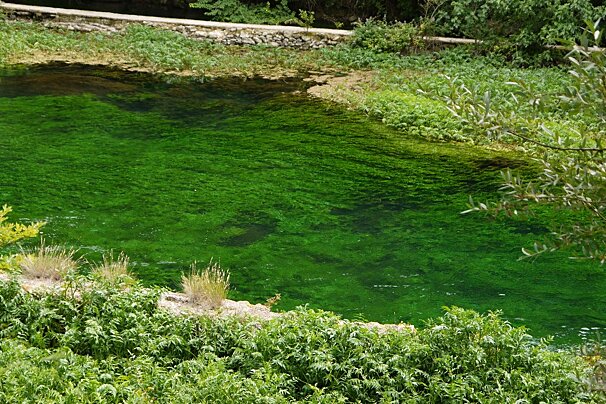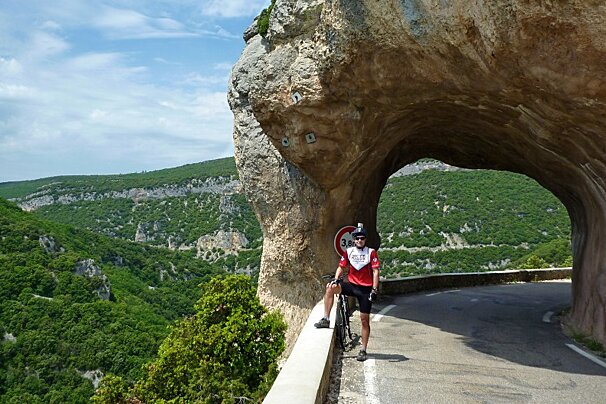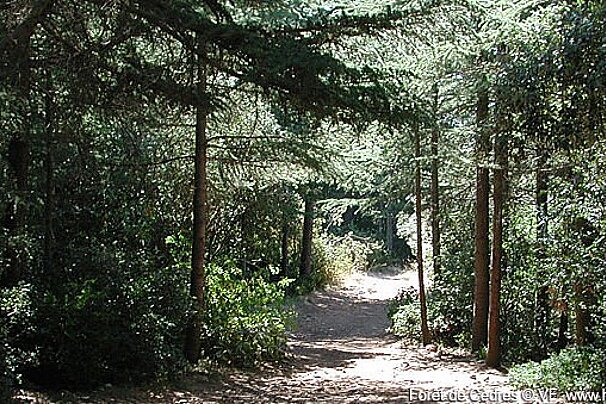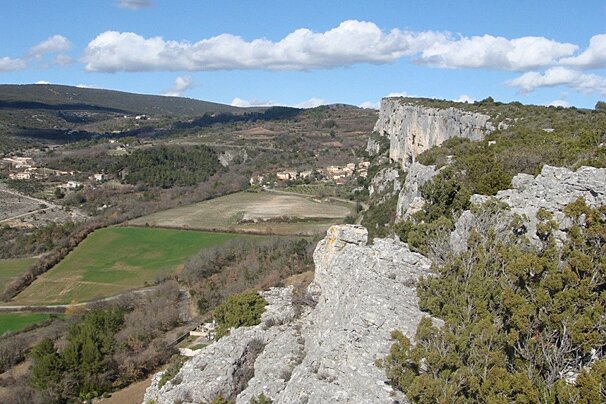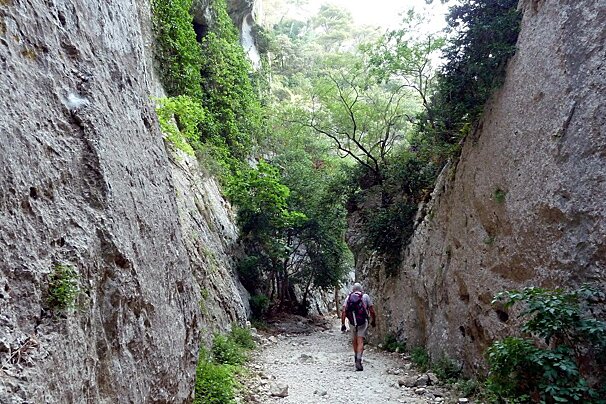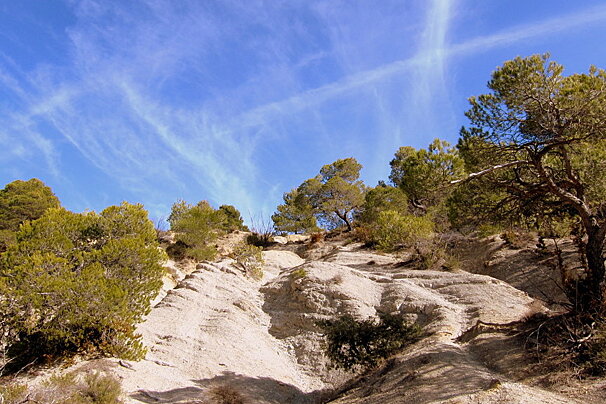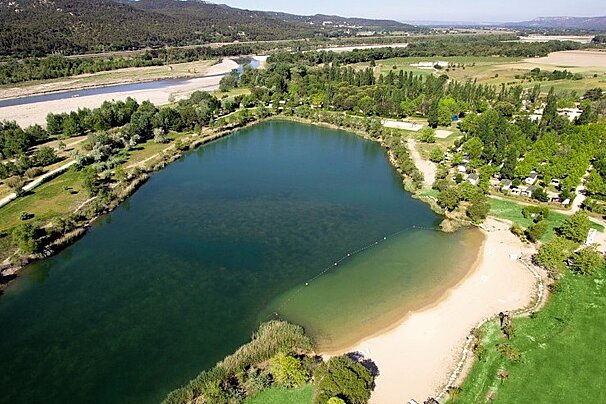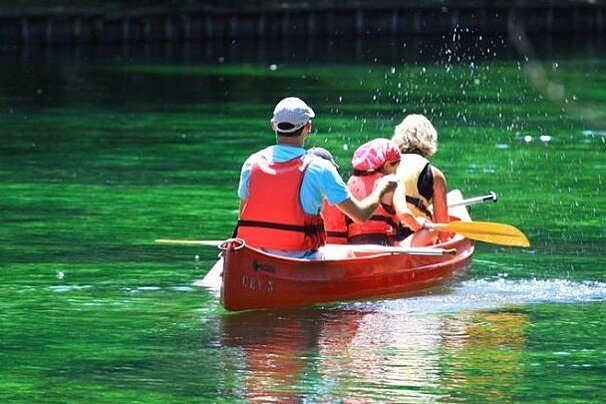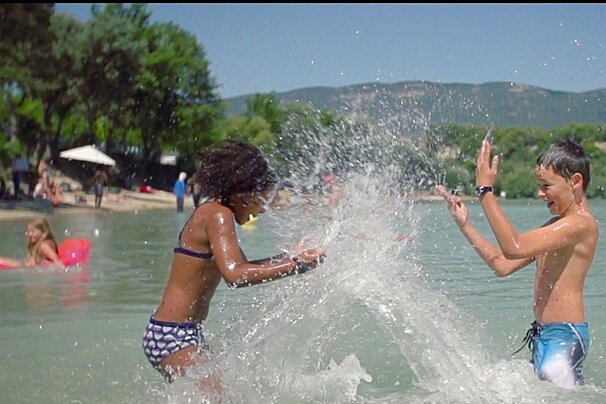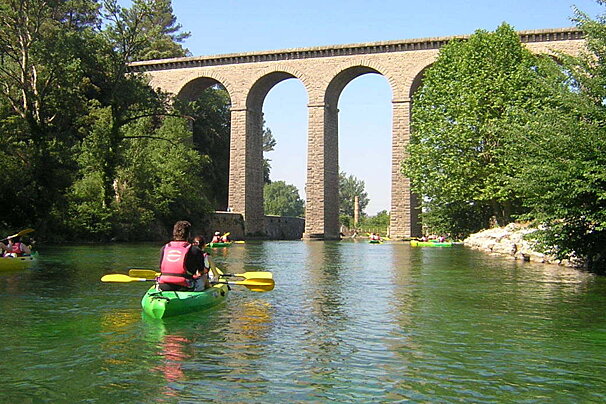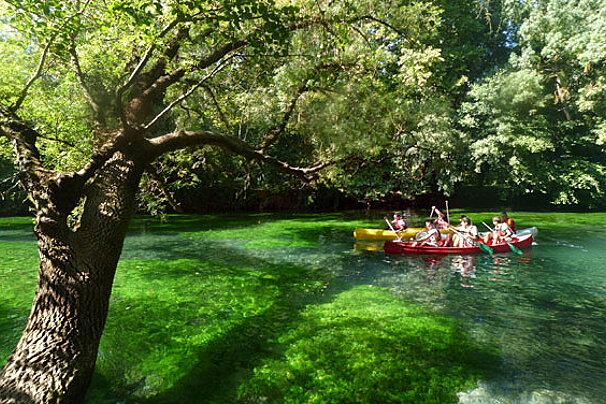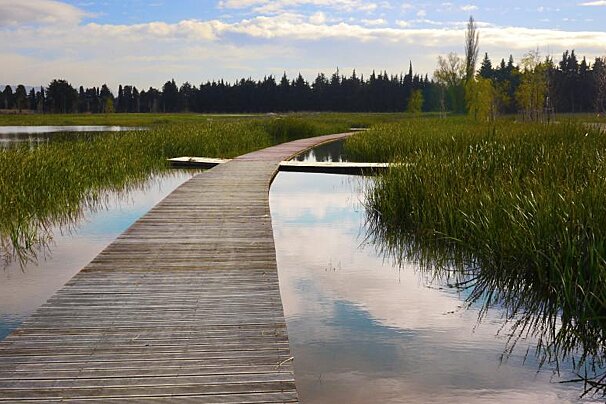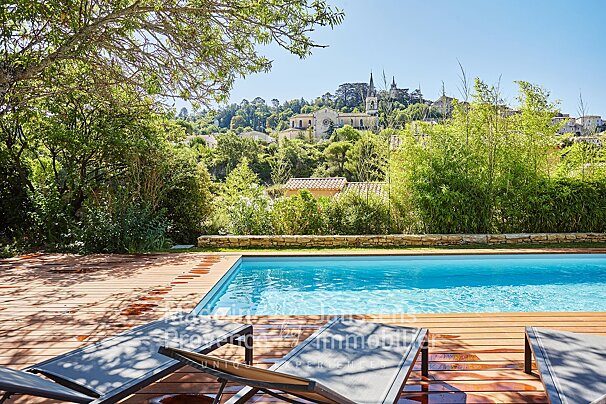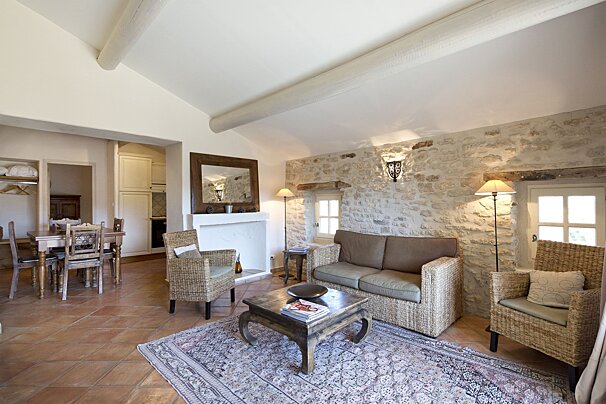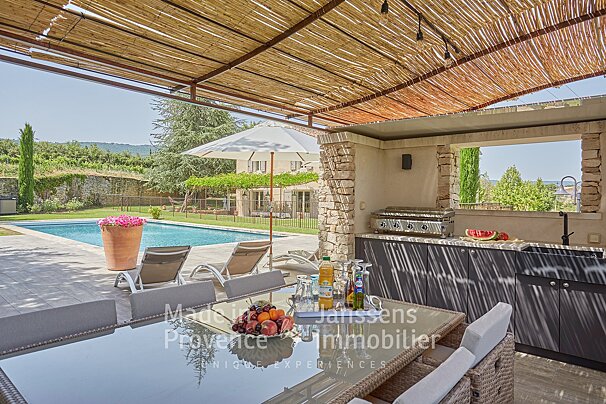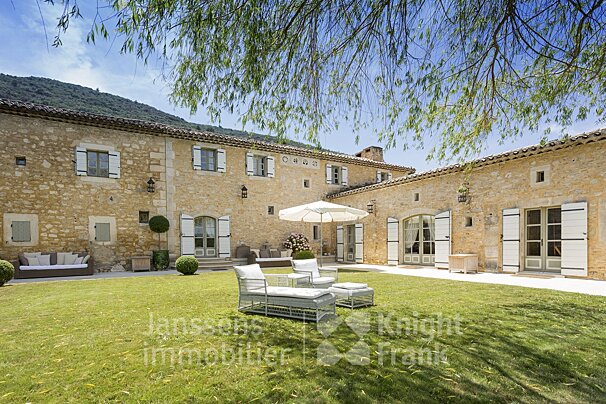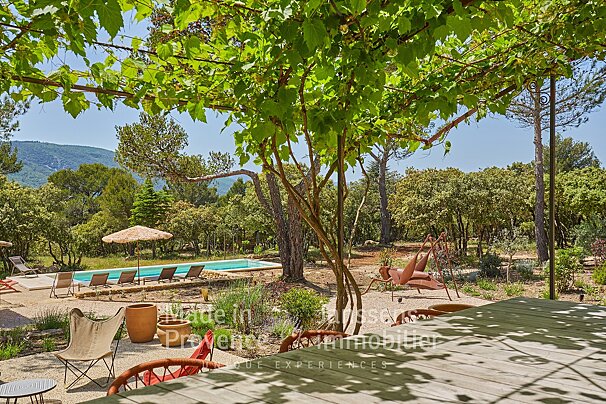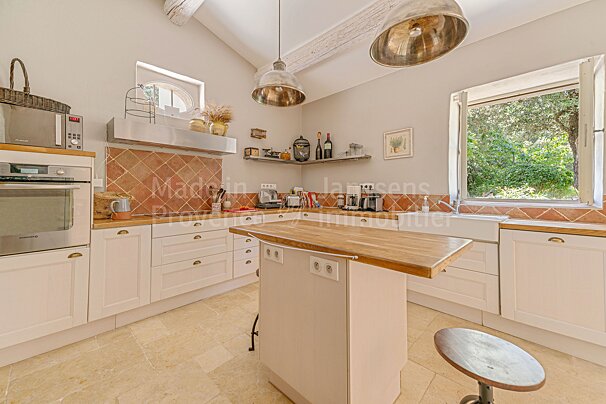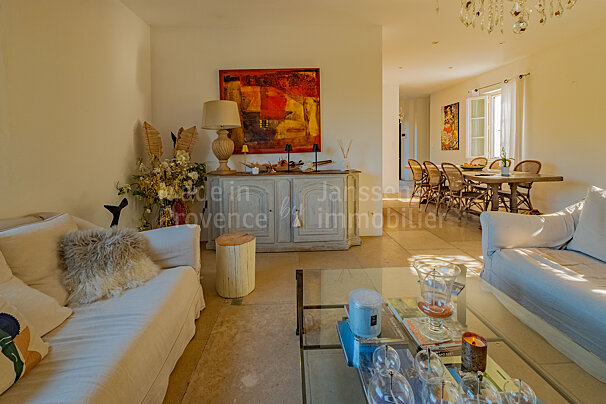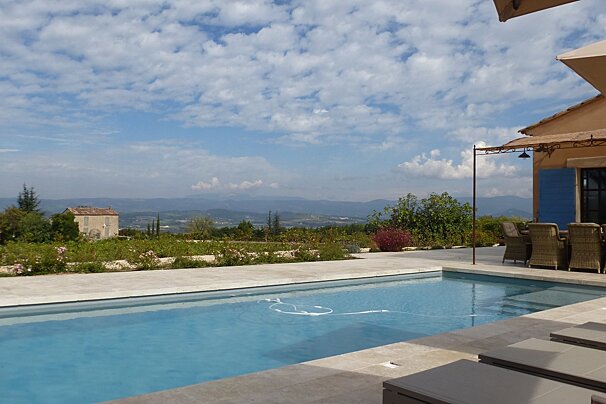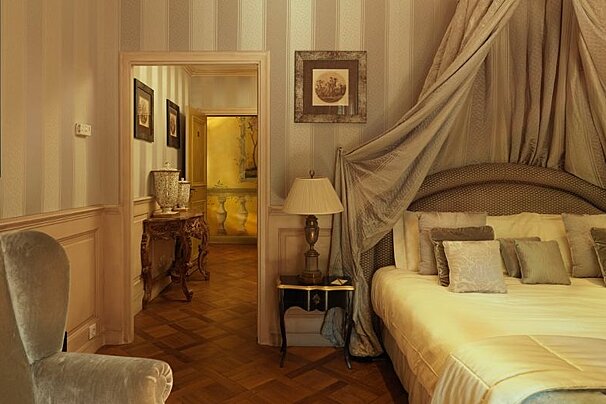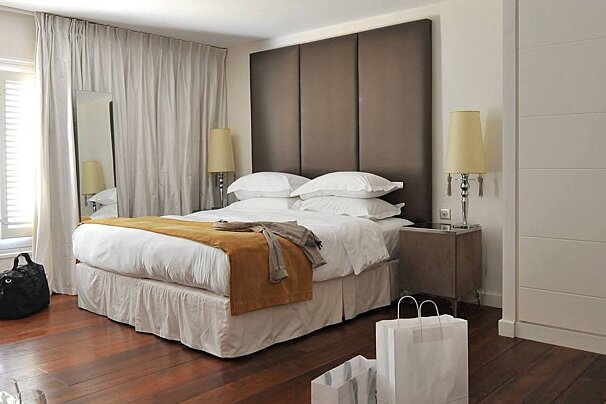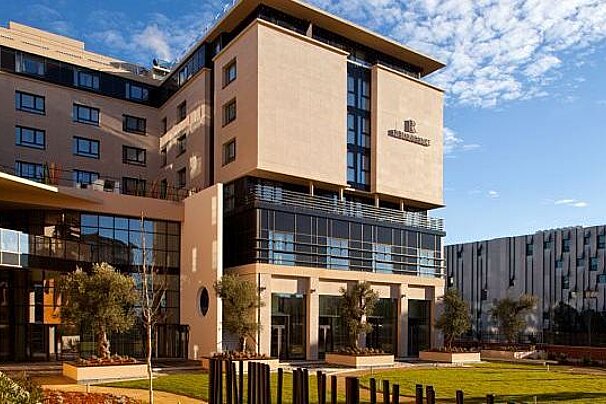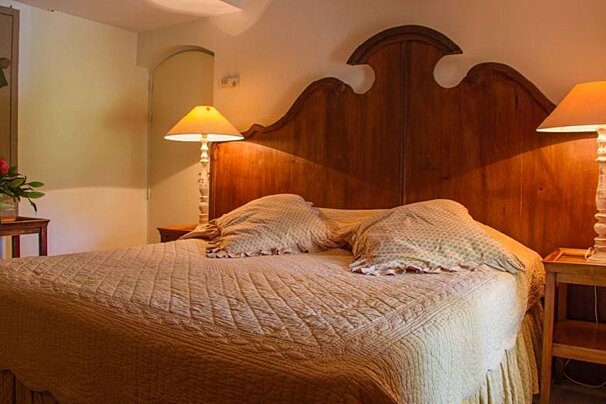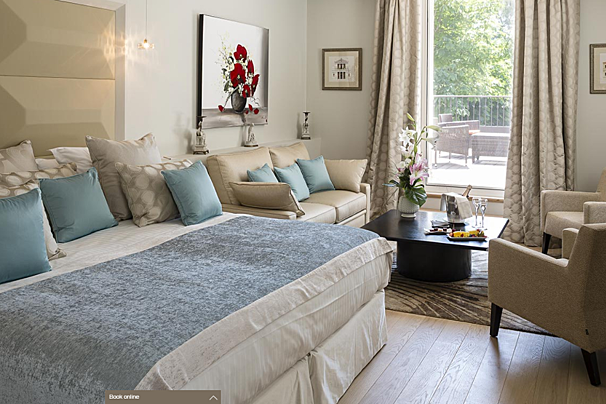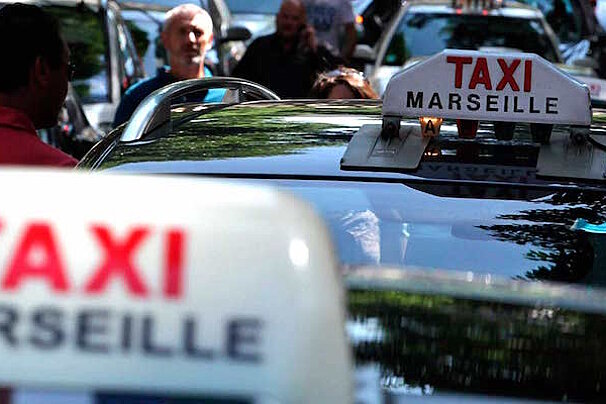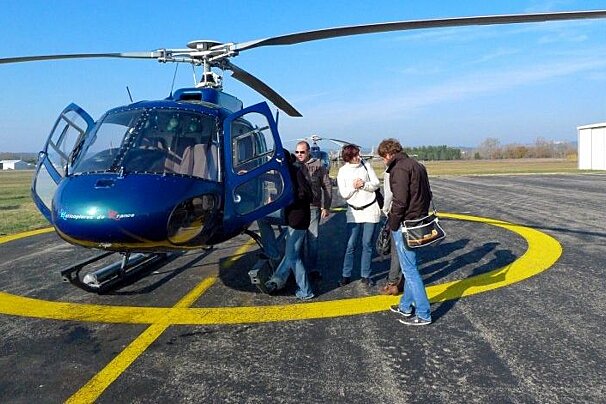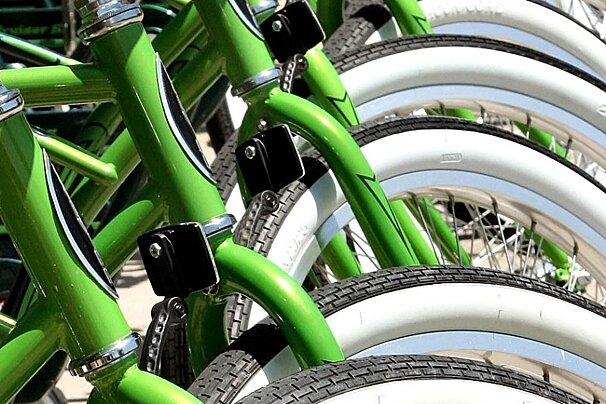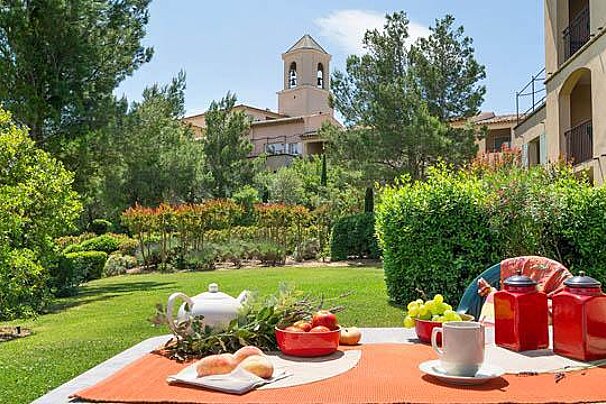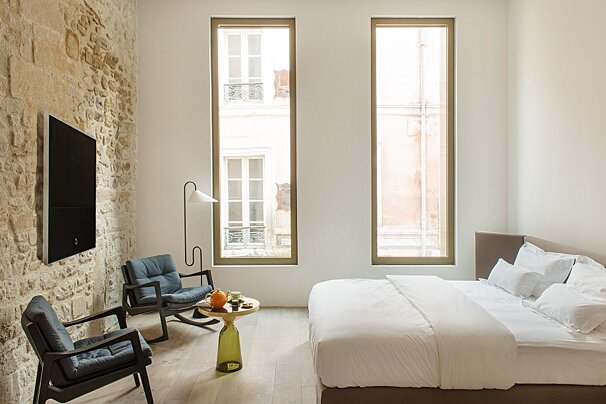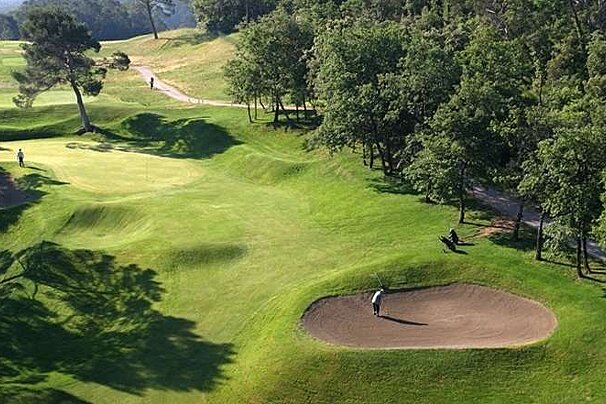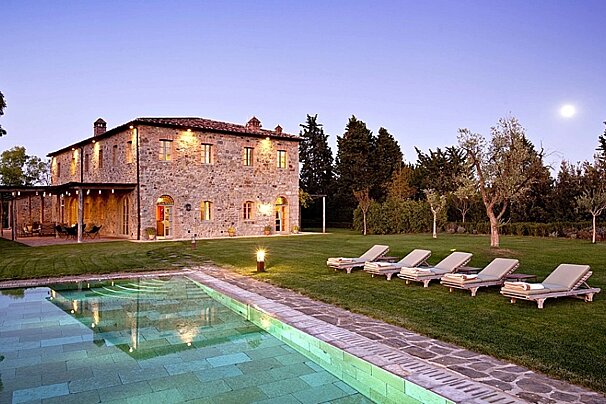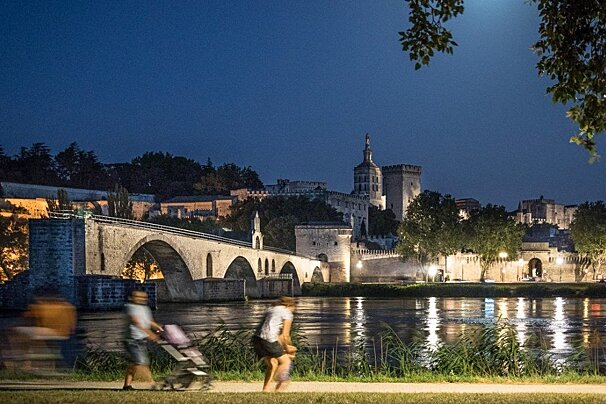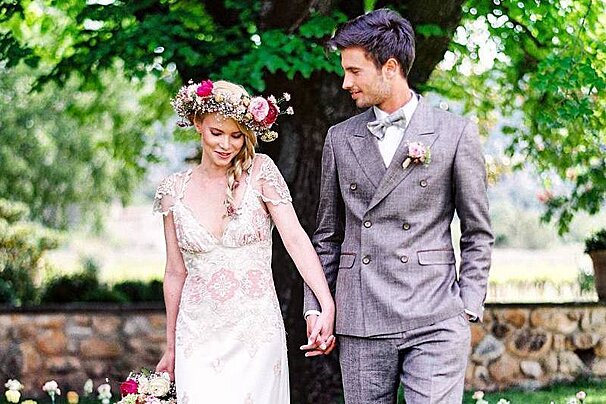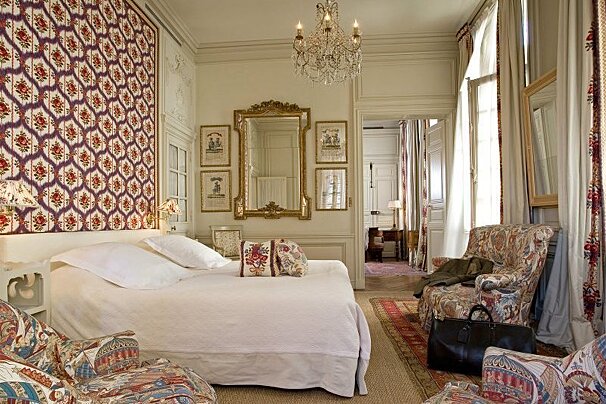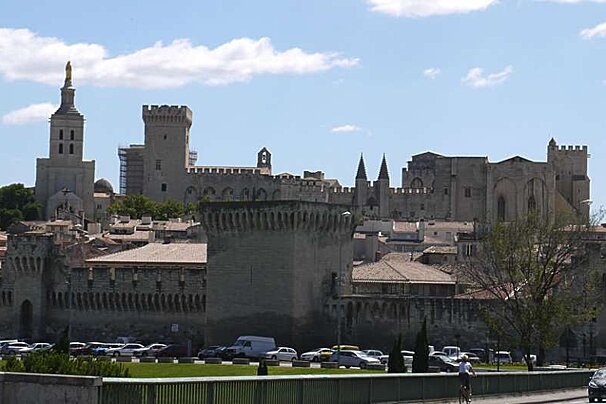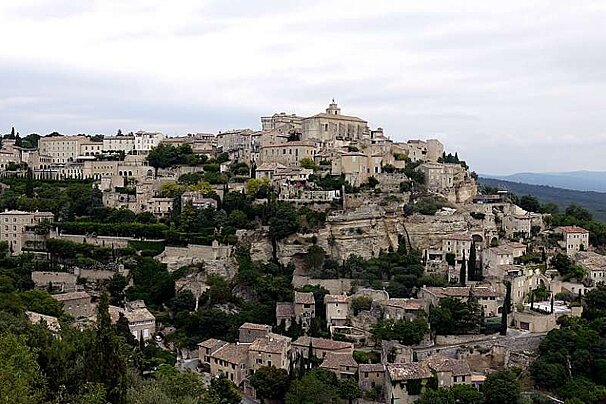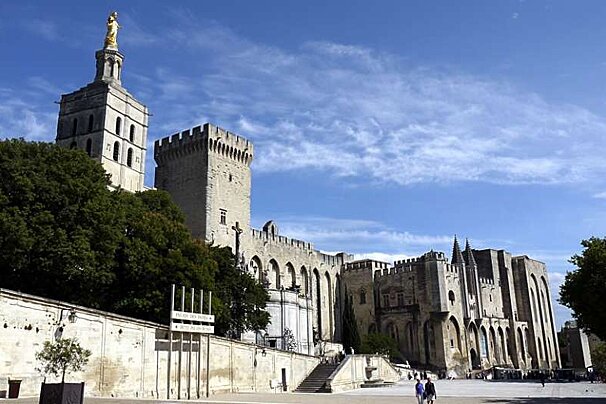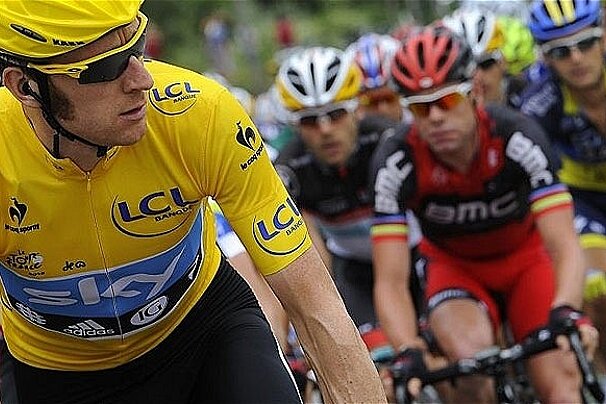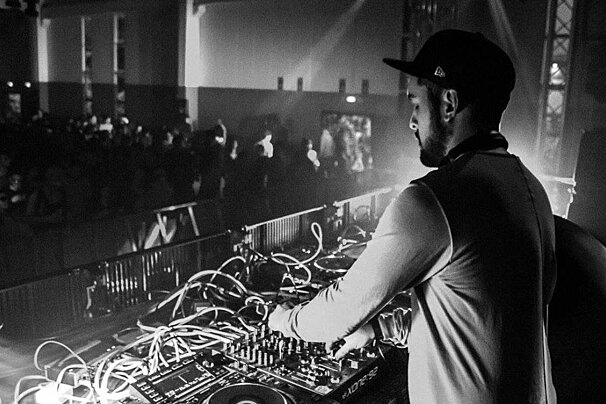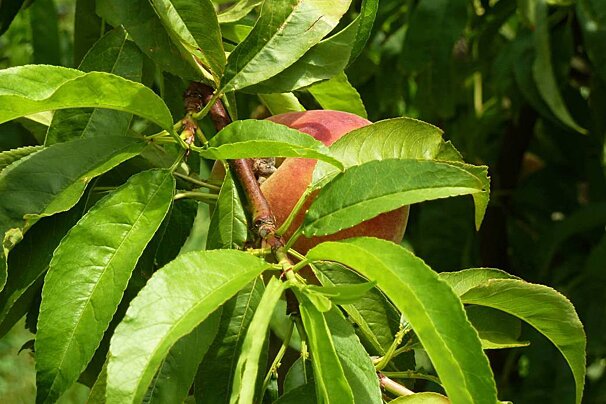The best view point can be reached by climbing the many (86) steps up to the 12th century church on top of the hill. It's undeniably one of the best perched villages' views.
After the top view and your descent, you may feel that you've seen it all in Bonnieux. But wait...its terraced structure tends to hide the rest of the village. Descend a few streets down and you find yourself in a pleasant square with colourful houses, tasteful stores and outside cafés. Close by is the "new church," from the 19th century. It's as if there are two Bonnieux: the stern, older part along the main road and above it, and the "newer," more playful part with, granted, a lesser view.
With its long history, it's surprising that Bonnieux does not have a local museum to tell its story. What it does have, however, is a Musée de la Boulangerie (a bread baker's museum), the only one in Provence. It's housed in a quirky 17th century building and celebrates the making of the wonderful sourdough bread (closed November to April).
The Jardin de la Louve is a private contemporary garden which has won awards for being 'outstanding'. It's open to the public at certain times during the year, there is an entrance fee.
The Enclos des Bories is an authentic drystone village in a cedar forest - it's to the south of Bonnieux and is open during the summer; there is a small entrance fee.
With or without a museum, its long history is best told by the Pont Julien, located 5km north of Bonnieux. The name Julien refers to Julius, as in Julius Cesar. It's one of the best preserved and important Roman bridges in the region.
The are several art galleries in the village, some clothing boutiques and gift shops, but it's fairly limited in its scope.
Château Canorgue - made famous by the Ridley Scott / Russell Crowe film, 'A Good Year' - is on the outskirts of Bonnieux. It produces organic wine and you can only visit to buy the wine - there are no tours.
